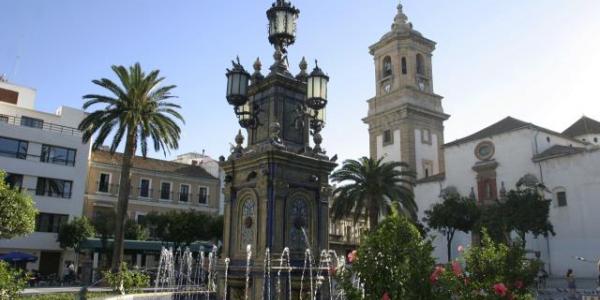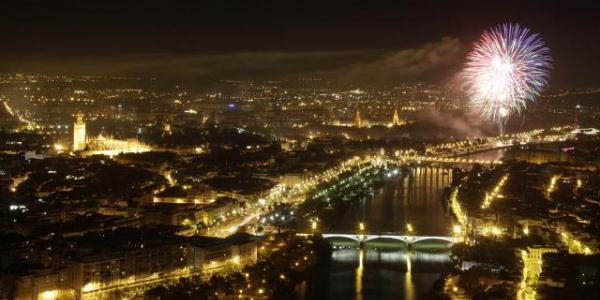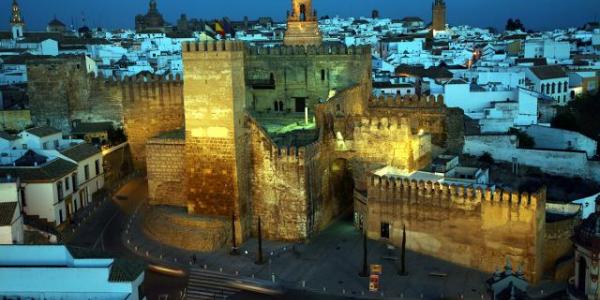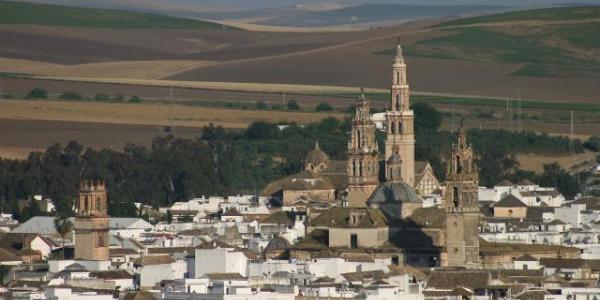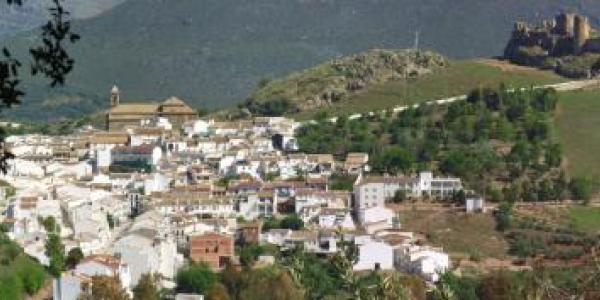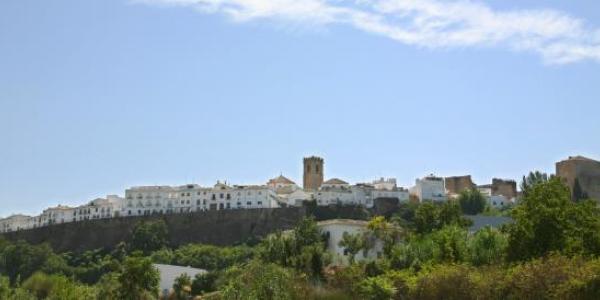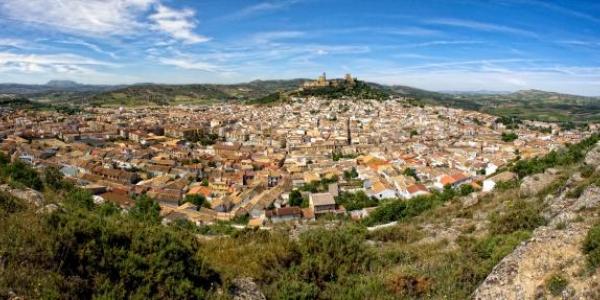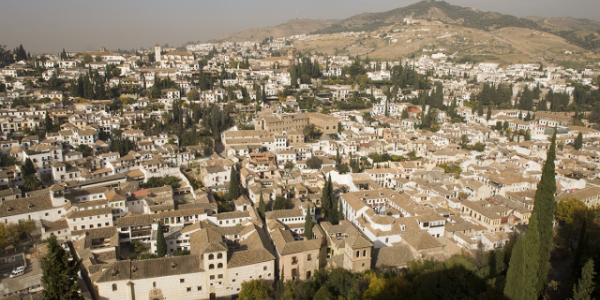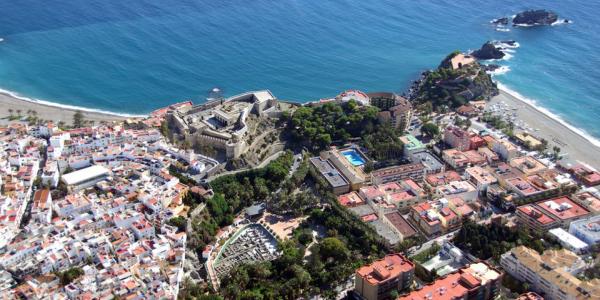La Mota Fortress

This majestic medieval fortress is visible on the top of a hill overlooking the present-day town. It was begun under the Muslims in 727 and underwent extensions and reinforcements by Almohads and Nasrids between the 12th and 13th centuries and underwent successive reformations up to the 16th c. It deteriorated and was progressively abandoned and the damage it suffered during the War of Independence finally hastened its desertion in the 19th c.
There is a steep slope upwards to La Mota, through three gateways: Las Lanzas Gate, Renaissance from the end of the 16th c., the monumental gate-tower La Imagen Gate, named so because it has an image of Santa María and El Peso de la Harina Gate. Here were the most significant buildings in the town, whose remains may be seen around the Abbey Church. The Alcazaba (fortress) is in the highest part of La Mota, the military section of the medina, a solid castle whose entrance is through a passageway that has an angle under interesting exhibits, mostly from the times of al-Andalus.
Abbey Church

The site of the old abbey of Alcalá la Real stands out from the fortress of La Mota, owing to an imposing tower 42 mt. high. This enormous church was built between 1530 and 1627, on the site of a mosque, over which a Gothic church had been built. Master craftsmen such as Martín de Bolívar, Ambrosio de Vico and Ginés Martínez de Aranda had a hand in it.
Church of San Juan

It is built on the hill of La Mota, at the beginning of the old town centre in a delightful corner. Built on from a hermitage at the end of the 16th and 17th centuries, it is a very popular church; it houses Cristo de la Salud and is part of the scenery of the Easter week and San Juan festivities.
Church of Consolacion

This is the principal church of Alcalá, home of the patroness Virgen de las Mercedes, in front of Real street which ends there. Though it was begun as a Franciscan foundation at the beginning of the 16th c., is was continued in several stages between the end of the 16th and 18th centuries.
Town Hall and Houses in Front

The Town Hall square consists of two buildings, with arcades, whose façades are nearly symmetrical. One is the Town Hall that used to be up in La Mota and “the houses in front”, comprising shops and private housing, both completed towards 1735.
El Llanillo

There are many notable 20th c. buildings in the streets of this neighbourhood, living harmoniously side by side with buildings of other eras. There is the Town Hall, already mentioned and nearby, the church of Las Angustias. Along Carrera de las Mercedes we come up to the church and convent of La Encarnación and Palacio Abacial.
Paseo de los Alamos

This is the focal point of social life in Alcalá. The layout is 18th c. and in one of the corners is El Pilar de los Álamos right by El Llanillo. The pillar was put there in 1552, as indicated by a sign in front. The old Capuchin convent, with a very plain façade, stands at the end of Paseo de los Álamos.



